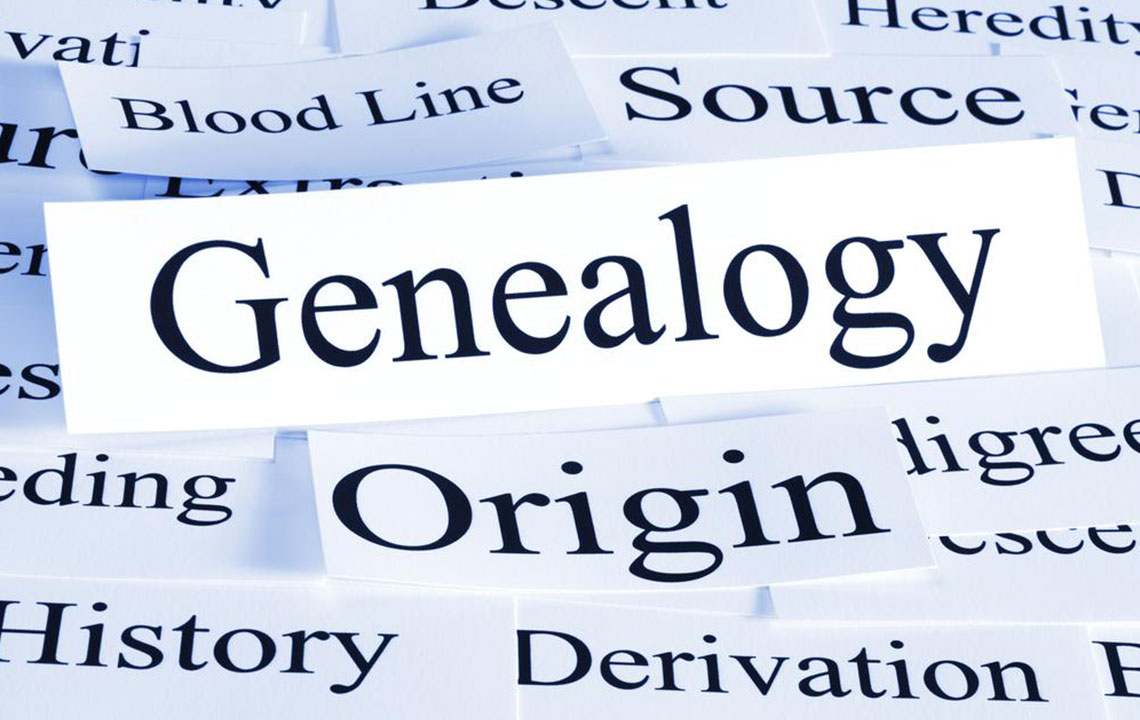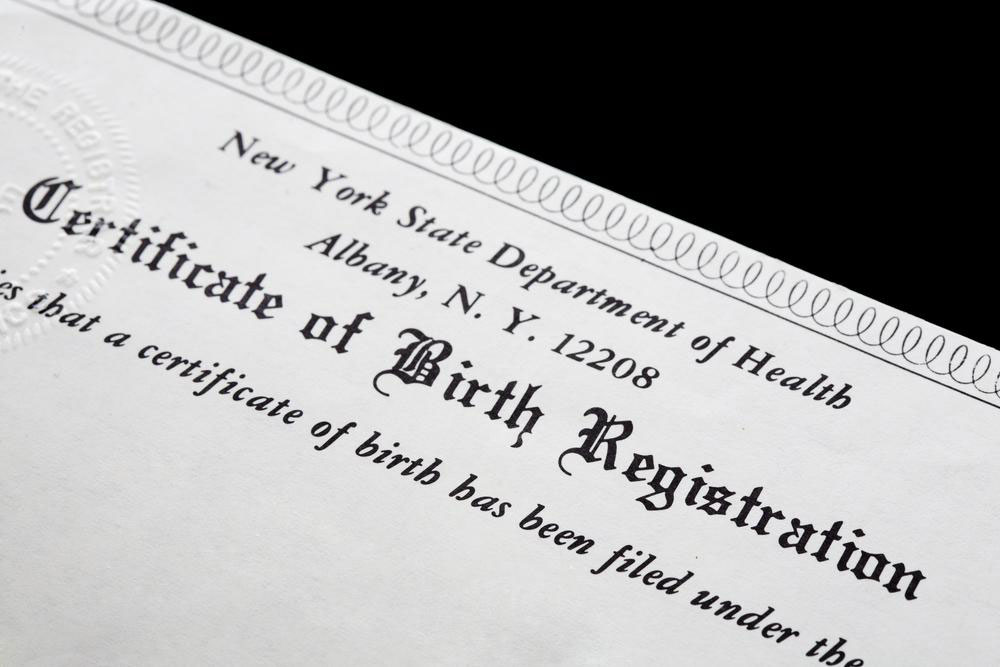Guidelines to Locate a Burial Site
This guide offers step-by-step instructions for locating a gravesite efficiently. It covers gathering key information, visiting cemeteries, utilizing online resources, and connecting with relevant organizations. The article also provides tips for finding unmarked graves and preparing for cemetery visits, making it a helpful resource for those researching loved ones’ final resting places.

Guidelines to Locate a Burial Site
Visiting a loved one’s resting place can be a meaningful way to honor their memory. However, finding the specific gravesite may involve detailed research. Fortunately, modern online tools have made this process more accessible. With minimal details like the name and approximate date of death, you can identify the burial location.
Gather Essential Details
To start, collect key information about the deceased, including their full name and birth and death dates. If possible, obtain details about close family members, as this can narrow your search. Middle names and common name combinations significantly improve search efficiency.
Research Specific Burial Sites
Knowing the exact cemetery makes locating a grave simpler. Visit the cemetery in person if you know its location, and review their records. Arrive early to access precise plot details. If unknown, cemetery records can help identify the burial spot within the grounds.
Utilize Online Resources
Leverage web-based cemetery databases to streamline your search. Many cemeteries offer digital maps showing tombstone locations, family plots, or plot grids. These online tools help avoid unnecessary walking and focus your efforts on specific sections of the grounds.
Check Veteran Memorial Websites
Websites dedicated to military service members provide valuable information about the final resting places of veterans. These resources can speed up your search process. Alternatively, contact veteran organizations or service centers for additional assistance.
Use the Find-a-Grave Mobile App
This popular genealogy app facilitates location-based searches for gravesites. You can upload photos, add inscription details, and connect with others seeking similar information. The app simplifies the process significantly.
Engage with Funeral Homes and Local Authorities
If online methods aren’t successful, reach out to funeral homes involved with your ancestor. They often hold burial records. If necessary, contact the county clerk or vital records office for official documentation, which may require appointment and fees.
Preparing for a Cemetery Visit
Locating a grave becomes more complex if the burial was many years ago or if records are incomplete. Some cemeteries have been relocated or neglected over time. Conduct thorough research beforehand to increase chances of success.
Locating Unmarked Graves
Finding graves without markers can be challenging. Use old obituaries, death certificates, church records, or legal documents to gather clues. In some cases, archaeological expertise may be needed to pinpoint the exact location.
When you find the grave, take a moment to reflect. Visiting a grave can be a deeply emotional experience, even for distant relatives. Properly cleaning the headstone, leaving flowers, or writing a note can be therapeutic. Small tributes demonstrate respect and remembrance.









